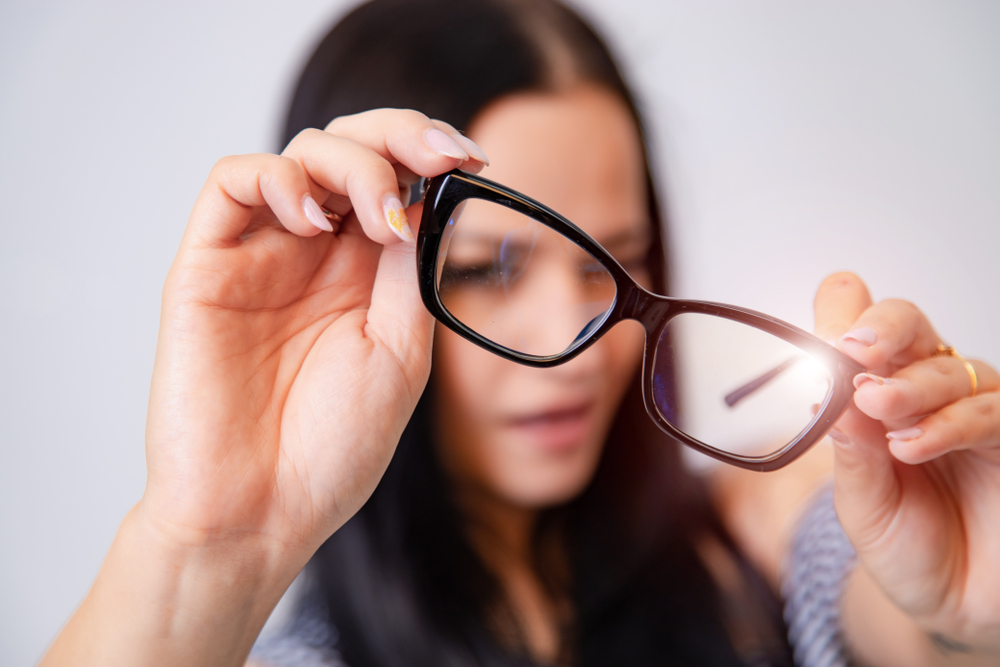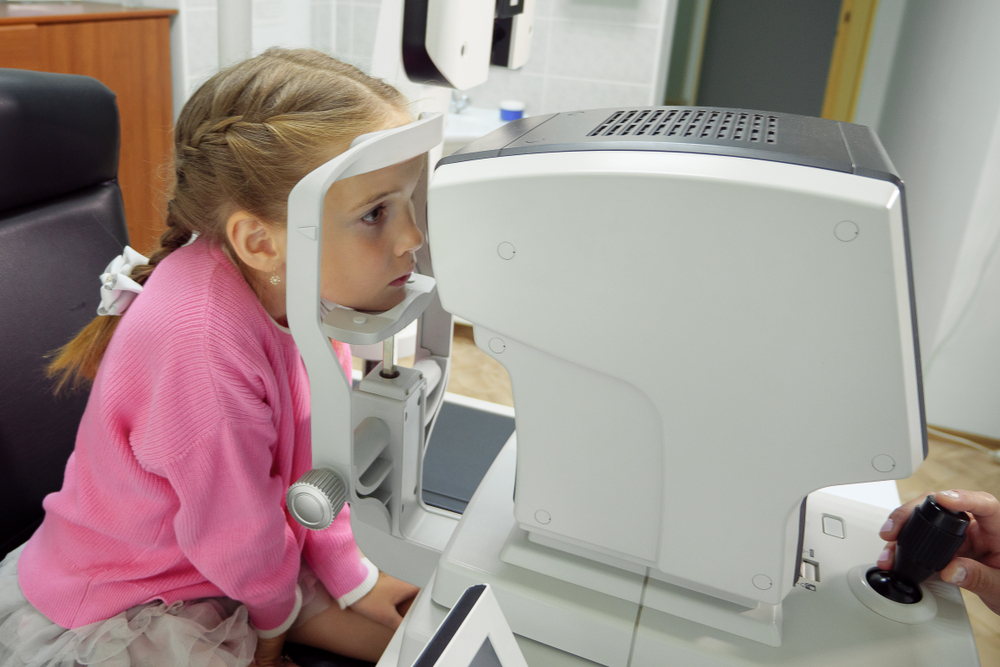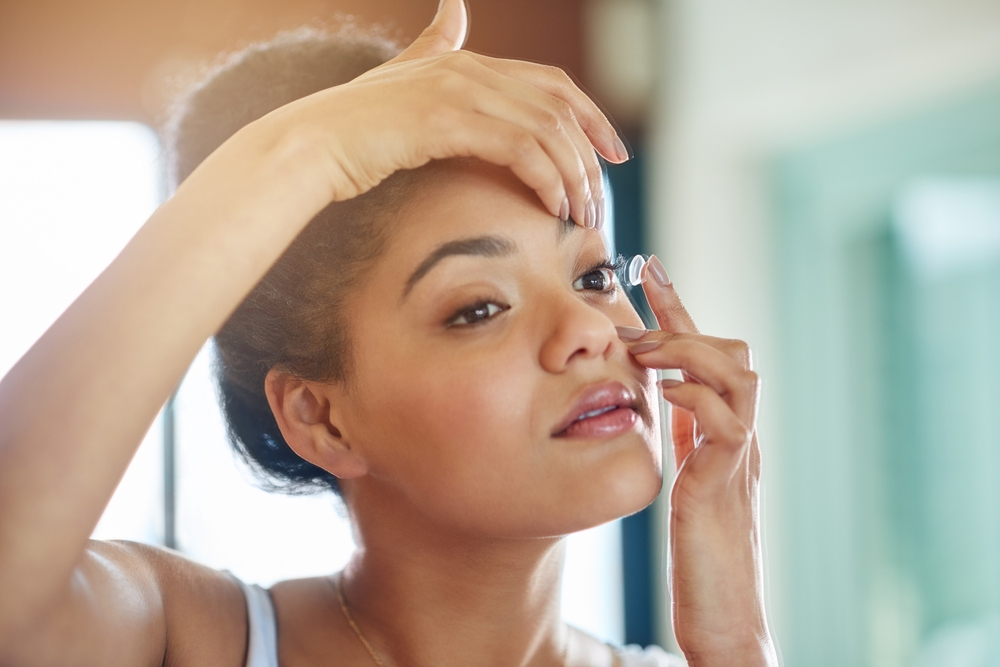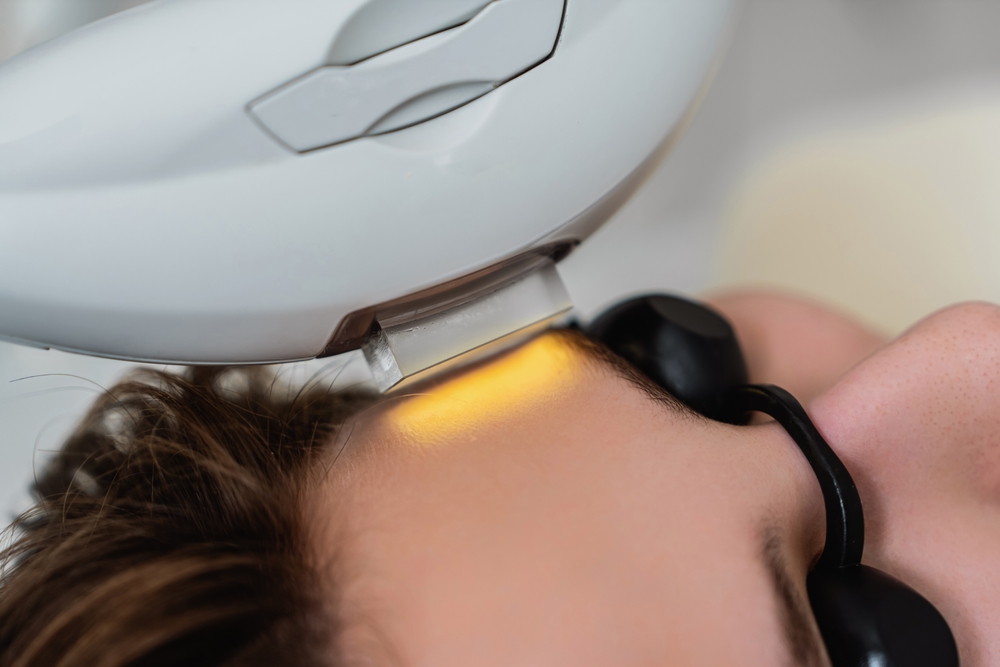Pilot Point Family Eye Care Blog

As the crisp air and falling leaves mark the arrival of autumn, many people look forward to cooler weather and outdoor activities. Unfortunately, this season also brings an increase in allergens that can trigger itchy, watery eyes. If you already suffer from dry eye, seasonal allergies can make your symptoms significantly worse.

As the year comes to a close, many families focus on holiday plans and end-of-year to-do lists - but one important item is often overlooked: using remaining vision insurance benefits. If your child is undergoing myopia management, this is the perfect time to consider Stellest lenses and make the most of benefits that may expire on December 31.

As children grow and their vision develops, it’s important for parents to keep an eye out for potential vision problems. One of the most common issues affecting children today is nearsightedness, also known as myopia.

Wearing contact lenses should be a comfortable and convenient way to correct your vision - not a source of irritation. For many people, however, lens wear can contribute to dry eye symptoms like burning, stinging, or a gritty sensation. The good news is with the right care and advanced treatments, you can help protect your eyes and enjoy clearer, more comfortable vision. Here are five proven lens care tips to help minimize dry eye and keep your eyes feeling refreshed.

When it comes to eye health, advances in technology continue to improve how we diagnose and treat common conditions. One of the most exciting developments in recent years is the introduction of OptiLight. At Pilot Point Family Eye Care, we are committed to offering the latest solutions to help our patients enjoy clear, comfortable vision.

Myopia is becoming increasingly common in children. This vision condition causes distant objects to appear blurry while close-up objects remain clear.

Dry eye disease is a common and often frustrating condition that affects millions of people. It can lead to symptoms like burning, stinging, light sensitivity, blurred vision, and the sensation of something gritty in your eye. For those who have tried artificial tears, warm compresses, and prescription eye drops with limited success, there’s now a clinically proven solution that targets the root cause of dry eye: OptiLight by Lumenis.

When it comes to vision correction, one size does not fit all. While traditional eyeglasses and contact lenses work well for many patients, others require more specialized solutions to address unique visual needs. At Pilot Point Family Eye Care, we offer a wide range of specialty lenses to help you achieve your best vision possible.

If your eyes often feel dry, itchy, or irritated, you're not alone—dry eye is incredibly common in Pilot Point, Texas. With our hot summers, frequent winds, and increasing time spent on digital screens, it's no surprise that many people in our community struggle with this condition. While artificial tears and prescription treatments can help, one often-overlooked solution is right on your plate: your diet.

Myopia is becoming increasingly prevalent among children. With the growing use of digital screens and reduced outdoor time, more children are developing myopia at an early age. If left unmanaged, myopia can progress, leading to higher prescriptions and an increased risk of serious eye conditions later in life, such as retinal detachment and macular degeneration. Fortunately, early intervention with myopia management can slow its progression and help protect your child’s long-term vision health.












